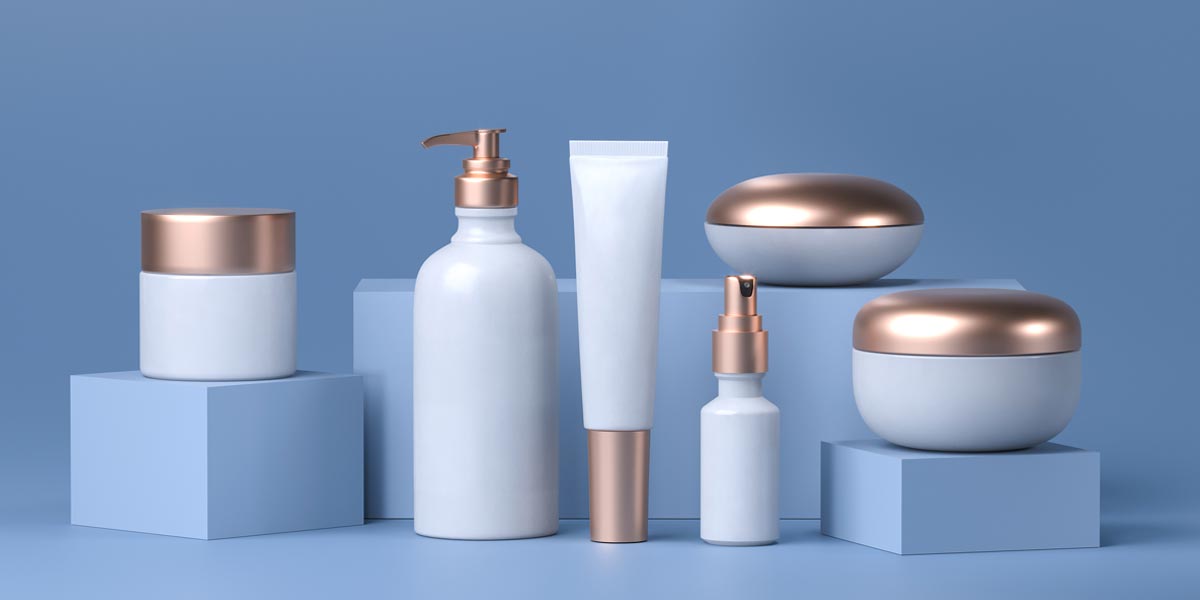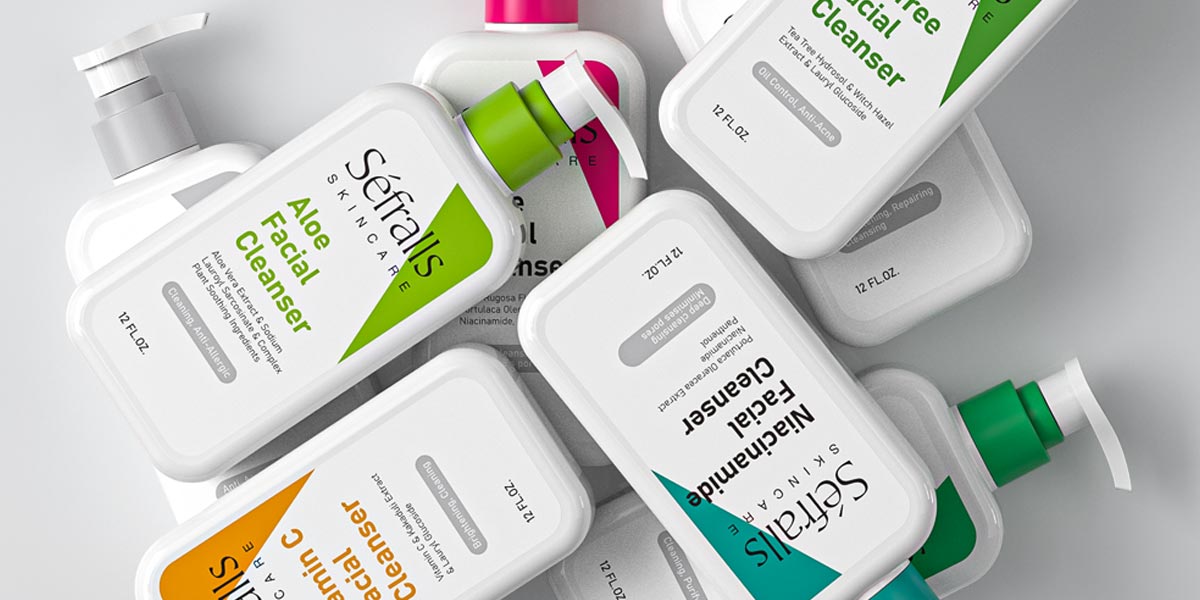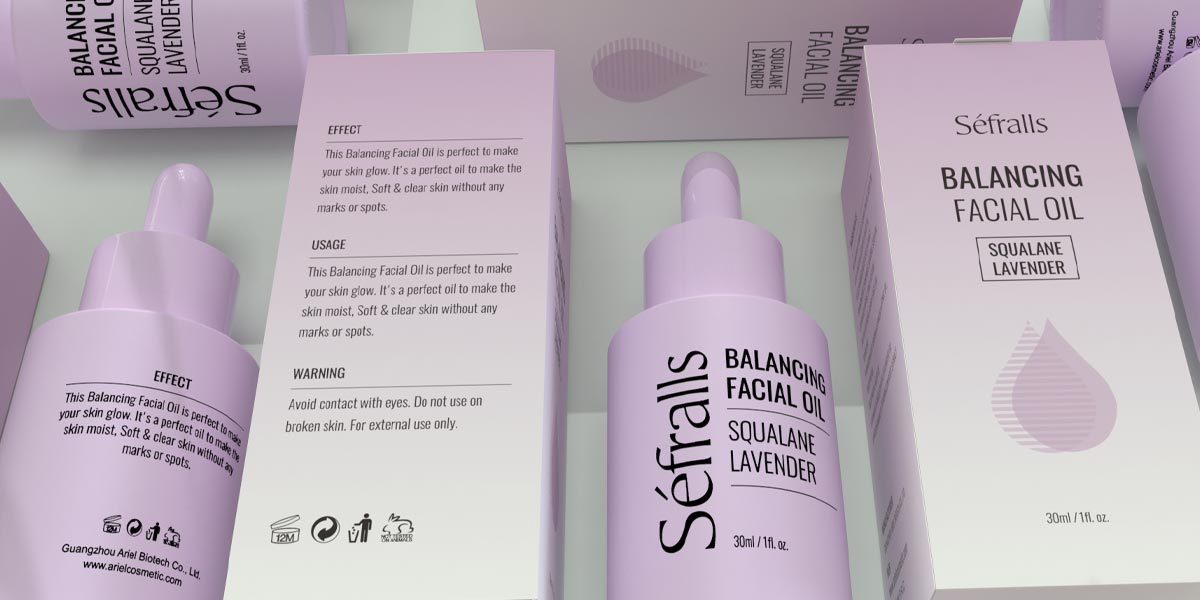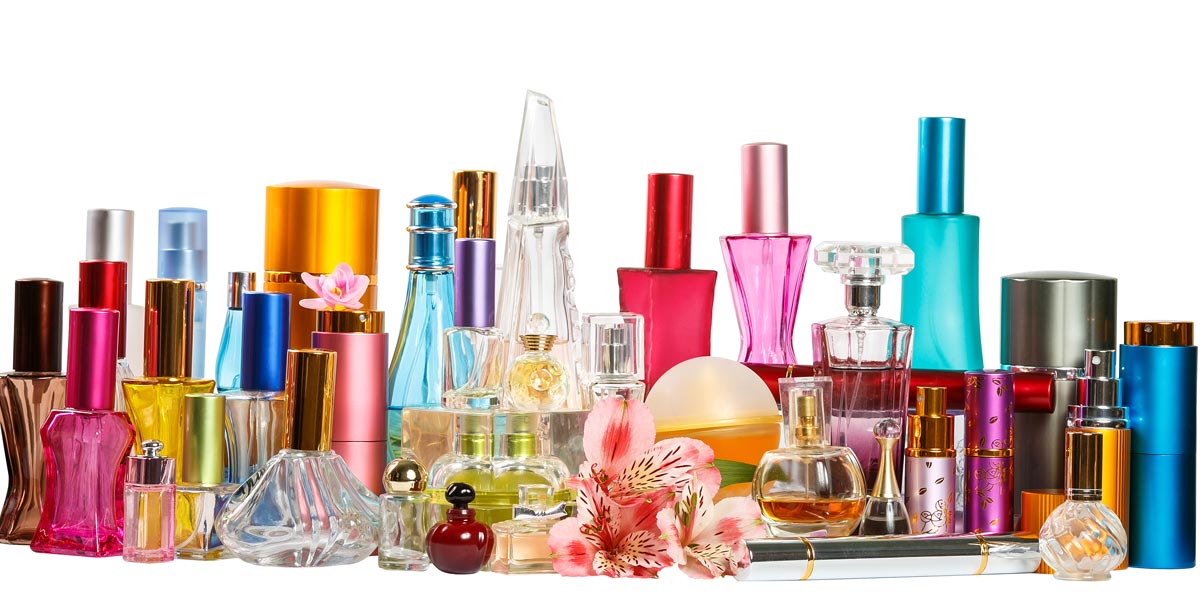Brand value is a comprehensive concept, which can be reflected in various aspects such as brand awareness, product quality, brand reputation, product packaging, brand mission and core values, customer experience, and service quality. A successful brand usually performs well in these aspects. To meet modern consumers’ evolving needs, brand packaging design has shifted from a focus on utility and functionality to a more personalized and visually appealing approach. The integration of visual elements has become central to packaging design. The use of various design languages such as color, shape, and material has infused brand packaging with strong emotional appeal, allowing consumers to engage with products on both sensory and emotional levels. In today’s article, we mainly discussed how good packaging enhances brand value!
High-quality materials: Using high-quality packaging materials can effectively enhance brand value. Packaging is not only about the appearance of the product but also a part of the brand image, capable of conveying the brand’s quality, values, and personality. What are some good high-quality packaging materials?
- Glass: Glass is a high-quality packaging material known for its excellent durability, transparency, and chemical stability. It is suitable for packaging products such as food, cosmetics, and pharmaceuticals.
- Metal: Metal materials such as aluminum and tin possess excellent corrosion resistance and oxidation resistance, making them suitable for packaging products such as canned goods, bottle caps, and containers.
- Cardboard: High-density cardboard possesses sufficient strength and rigidity, making it suitable for manufacturing boxes, packaging cartons, and paper bags, among other packaging containers.
- Biodegradable plastics: Biodegradable plastics are eco-friendly packaging materials that can degrade into harmless substances under certain conditions. They are suitable for packaging products such as food, everyday items, and disposable tableware.
- Recyclable plastics: Recyclable plastics have excellent recyclability, which can reduce resource waste and environmental pollution through reuse. They are suitable for packaging various products.
- Wood: Wood is a natural packaging material with good stability and decorative properties. It is suitable for packaging high-end furniture, gift boxes, wine boxes, and other products.
- Composite materials: Composite materials combine the advantages of different materials, possessing excellent physical properties and functionality. They are suitable for packaging products with various special requirements.
Unique design: A distinctive packaging design can help a brand stand out in a competitive market, attracting consumers’ attention and enhancing the appeal and competitiveness of the product!
- Understanding the target market: First, it’s important to understand the preferences, trends, and characteristics of the target market. Based on the preferences and needs of the target audience, design unique packaging that appeals to their tastes.
- Highlighting brand characteristics: Cosmetic packaging design should highlight the unique features and core values of the brand. This can be achieved through elements such as brand logos, colors, patterns, etc., showcasing the uniqueness of the brand.
- Creative design: Embrace innovative design concepts and unique design elements to create distinctive packaging designs. Consider collaborating with artists or designers to craft one-of-a-kind packaging designs.
- Consider sustainability: Consider using eco-friendly materials and sustainable design concepts to create environmentally friendly and reusable packaging, aligning with modern consumers’ concerns for environmental protection and sustainable development.
- Associated with brand storytelling: Cosmetic packaging design can be associated with the brand’s story, conveying the brand’s history, culture, and values through packaging design, making it easier for consumers to emotionally resonate with the brand.
- Prioritize user experience: When designing packaging, prioritize user experience by considering ease of use, portability, and protection, allowing consumers to feel comfortable and convenient when using the product.
Functionality and practicality: While a unique design can attract consumers’ attention, packaging must also have good functionality and practicality to meet consumers’ needs and enhance their purchasing experience. Good packaging design should not only focus on appearance and attractiveness but also consider functionality and practicality to enhance the overall value and competitiveness of the brand.
- Product protection: The primary function of packaging is to protect the product from damage, contamination, or leakage. Therefore, packaging materials must have sufficient strength and durability to ensure the product remains safe and intact during transportation and storage. The packaging lids or caps of cosmetic products should be designed to be easy to open and close while ensuring a tight seal to prevent leakage or contamination during transportation and storage.
- Convenience: Packaging should be designed to be convenient and easy to use, allowing consumers to open, close, and use it effortlessly. Packaging designs that are easy to carry and manipulate can enhance the user experience and strengthen the brand image. For cosmetic products such as eyeshadow palettes and powder compacts, dividers or foam pads can be designed to prevent different colored powders from mixing, making the product easier to use and carry.
- Information transmission: Packaging should clearly convey product information, including the brand name, product features, usage instructions, ingredient lists, etc. Clear labeling and instructions can help consumers understand the product and make informed purchasing decisions. Transparent packaging allows consumers to see the color and texture of the product clearly, providing a more intuitive purchasing experience, while also allowing consumers to control the use of the product more easily.
- Perception of quality: High-quality packaging materials and exquisite craftsmanship can convey a sense of quality for the brand, enhancing consumer trust and satisfaction with the product. High-end brands often use various special techniques to increase the sophistication and uniqueness of the packaging, such as engraving, laser engraving, hot stamping in gold or silver, 3D printing, etc. These techniques can add detail and depth to the packaging, enhancing the overall visual effect and perception of quality.
- Environmental considerations: While pursuing functionality and practicality, packaging design should also take environmental factors into account. Choosing recyclable, biodegradable, or reusable packaging materials can reduce environmental impact and align with modern consumers’ focus on sustainability.
Sustainable packaging: With consumers’ increasing concern for environmental friendliness and sustainable development, brands opting for sustainable packaging can demonstrate their commitment to environmental responsibility, thus enhancing their brand image and value. By adopting sustainable packaging, brands can not only elevate their brand value but also align with consumer trends, reinforce their social responsibility image, and comply with environmental regulations.
- Biodegradable materials: These materials can decompose in the natural environment, reducing their impact on the environment. Examples include biodegradable plastics, paper, and cellulose-based materials.
- Recyclable materials: Utilizing recyclable materials for packaging, such as recyclable plastics, glass, metals, etc. These materials can be reused through recycling processes, reducing resource consumption.
- Renewable materials: Using materials derived from renewable resources, such as recycled plastics, recycled paper, etc. These materials help reduce the demand for virgin resources.
- Reducing packaging: Simplifying packaging design, minimizing the use of unnecessary packaging materials, and adopting lightweight designs to reduce packaging weight and volume, thus decreasing carbon emissions during transportation and storage processes.
- Reusable packaging: Designing reusable packaging such as glass bottles, metal cans, etc., can encourage consumers to use them multiple times, thus reducing the usage of single-use packaging.
- Compostable materials: Utilizing compostable materials for packaging, such as paper, starch-based plastics, etc., these materials can be biodegraded into organic matter, contributing to ecosystem cycling.
Packaging Design Establishing Emotional Connections: While the materials and design of packaging have a significant impact on enhancing brand value, establishing emotional connections through packaging design is also a crucial brand marketing strategy. How do you design packaging to establish an emotional connection with consumers? Reflecting emotional connections in packaging design requires considerations from multiple aspects, including visual, tactile, auditory, and other sensory experiences. Here are some specific methods to achieve this.
- Color Psychology: Use colors to trigger emotional responses from consumers. For example, warm tones like orange and red can convey energy and enthusiasm, while soft tones like blue and green can evoke feelings of relaxation and calmness.
- Patterns and Textures: Use patterns and textures to enhance visual appeal and tactile experience of the packaging. Specific patterns and textures can arouse curiosity and pleasure in consumers, strengthening emotional connections.
- Brand Story: Tell a compelling brand story on the packaging to establish a deeper emotional connection with consumers. This story could be about the brand’s origins, values, mission, etc., allowing consumers to resonate with the brand.
- Emotional Triggers: Add emotional triggers on the packaging, such as encouraging language, smiley face icons, etc., to evoke positive emotions and likability in consumers.
- Environmental Awareness: Adopt eco-friendly materials and designs to convey the brand’s concern and responsibility for the environment, thereby enhancing emotional connections.
- User Experience: Design packaging that is easy to open, use, and reseal, enhancing consumers’ affinity for the brand and strengthening emotional connections.
Product packaging consistency: Product packaging consistency is also an important strategy to enhance brand value. Consistency is a key factor in establishing and reinforcing brand recognition. It can improve brand visibility, impression, trust, and loyalty, while also helping to convey the brand’s values and distinctiveness.
- Unified design elements: Ensure that the packaging design of all products incorporates similar design elements, including colors, fonts, patterns, and logos. These elements should align with your brand image and values.
- Unified brand identity: Ensure that each product’s packaging prominently displays the brand’s logo and emblem. This could be the brand name, logo, or unique graphical elements associated with the brand. The identity should have a consistent appearance and placement across all products.
- Consistent packaging style: Ensure that the packaging style of all products is similar, whether it’s minimalist modern, classic retro, or trendy fashion. This ensures consistency in the overall brand image and helps consumers easily identify your products.
- Consistency in brand storytelling and values: Ensure that the packaging design of all products aligns with your brand’s story and values. This can be conveyed through the text, patterns, or imagery on the packaging, thereby strengthening the brand’s cohesive image and emotional connection.
- Unified Packaging Structure: Whenever possible, strive to utilize similar packaging structures and shapes to ensure consistency in product appearance. This can assist consumers in establishing visual connections between different products.
Through this article, we understand that good packaging design can greatly enhance the value of a brand. From brand recognition to emotional connection with consumers, packaging plays a crucial role. Therefore, as brand owners or marketers, we should fully recognize the importance of packaging design and invest time and effort to ensure that packaging is consistent with the brand image and can attract consumers. Only in this way can our brand stand out in the fierce market competition. Let’s apply what we’ve learned into practice and strive for the development and success of our brand!
If you found this article helpful, please give us a thumbs up, and share it with your friends and colleagues! We hope these insights have inspired you and can help you further elevate the value of your brand. If you have any questions, thoughts, or experiences to share, please feel free to interact with us in the comments section. Your feedback is highly valuable to us! Don’t forget to follow our social media accounts for more practical information on brand building and marketing, feel free to DM us for more up-to-date information! Once again, thank you for your reading and support! We look forward to engaging with you in future interactions!





